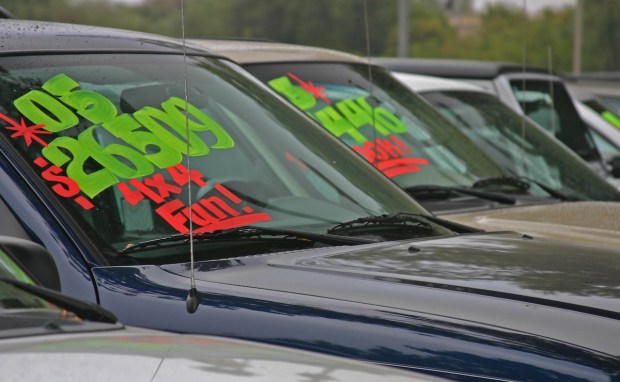Auto Prices Speed Past Affordability as Defaults Climb

Times are tough for the American car buyer, whether they’re seeking new or used vehicles.
New cars less than $20,000 are all but extinct, while the average American now needs 42 weeks of income to pay off a new vehicle, compared to 33 weeks before the pandemic, according to data from Cox Automotive as reported by The Wall Street Journal (WSJ) Monday (Aug. 21).
The average used vehicle price was $27,000, a 30% increase over pre-pandemic figures, per the report. Interest rates are tougher too at 9.5% for used cars, and over 13.7% for used vehicles.
These numbers could be the reason auto loan delinquency rates are at their highest level in 17 years amid a strong labor market, according to the report.
“Usually you get the default spikes when unemployment spikes—it’s the biggest correlation in consumer credit,” Clayton Triick, a fund manager at Angel Oak Capital Advisors, told WSJ. “To see them go up that much while unemployment is still low is not typical.”
Warning signs for auto loan delinquencies were around in May as evidenced by information about defaults in the earnings reports from a few of America’s banking giants.
And even if the job market is healthy, it doesn’t mean consumers aren’t struggling.
“The paycheck-to-paycheck lifestyle is beginning to be the norm,” LendingClub’s Amber Carroll told PYMNTS in an interview earlier this month.
More than 60% of Americans now live paycheck to paycheck.
The pressure on consumers has led many of them to embrace financing methods like buy now, pay later (BNPL) to keep their cars on the road, CarParts.com CEO David Meniane told PYMNTS in a separate interview earlier this month.
“Monthly payments are going up,” he said of the loans that consumers take out to finance their cars, “even as the value, or the car prices, are coming down.”
As loan terms grow longer and as consumers work to make the debt more affordable, it may be less alluring for drivers to roll their debt over into a new car. That has led to a situation in which the average car on the road is 12 years old, meaning repairs are needed to keep these vehicles safe and operational.

